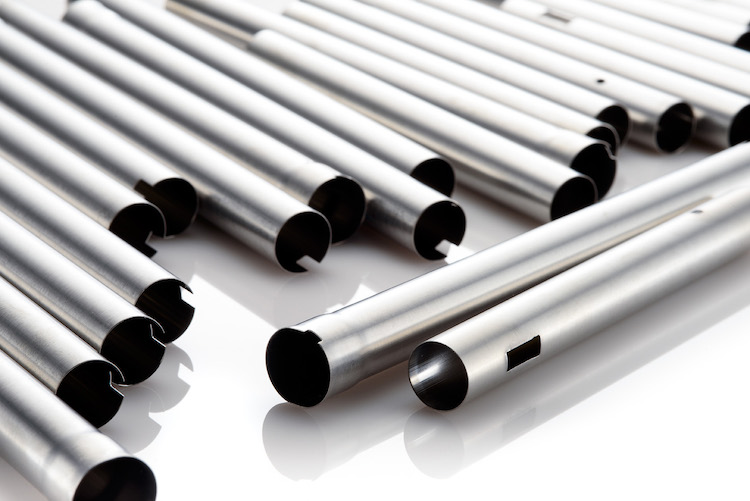
The Hidden Variable in Stainless Steel Performance: Surface Chemistry Stability Through Passivation
This is where stainless steel passivation becomes essential, especially for components that must remain clean, corrosion-resistant, and dimensionally stable over long service lifecycles.
Unlike mechanical finishing methods, passivation doesn’t reshape or alter the metal surface—it refines and stabilizes it at the molecular level. For industries that depend on predictable, repeatable long-term behavior—medical, aerospace, semiconductor, fluid handling, analytical instruments—this invisible layer of protection can be the difference between a component that performs flawlessly and one that fails early.
To learn more about how passivation works and why it’s essential to stainless steel integrity, see our detailed guide on the passivation of stainless steel here:
https://neelectropolishing.com/passivation-of-stainless-steel/
Why Surface Chemistry Stability Matters More Than Ever
Modern stainless steel applications push materials far beyond what older specifications assumed. Today’s challenges include:
-
Tighter tolerances and micro-scale geometries
-
More aggressive environments, including high-purity chemistry and sterilization cycles
-
Higher expectations for lifecycle performance
-
Regulatory scrutiny, especially in medical and aerospace industries
In each of these situations, the real failure point often comes down to a breakdown of the passive chromium-oxide layer—not the metal underneath. Even minor disruptions in surface chemistry can lead to:
-
Pitting corrosion
-
Tea staining
-
Ion leaching
-
Weld heat-affected zone failures
-
Reduced cleanability
-
Biological or particulate contamination
Passivation addresses these issues at the root.
How Passivation Stabilizes Stainless Steel Surfaces
Passivation enhances the natural chromium-rich oxide film of stainless steel by:
-
Removing free iron and embedded contaminants
These impurities often come from machining, handling, or tooling and are primary sites for corrosion initiation. -
Promoting the regeneration of a uniform passive film
Citric or nitric passivation rebuilds a clean, consistent chromium-oxide layer across the entire surface. -
Improving the chromium-to-iron ratio at the surface
This ratio strongly influences corrosion resistance and chemical durability.
The result is a metal surface that behaves more predictably and remains stable under demanding operating conditions.
When Passivation Is Most Critical
Even in industries that routinely specify stainless steel, passivation is still underutilized. It is especially important for:
Precision-Machined Components
Machining introduces heat, tool contamination, and surface deformation—each of which disrupts passive layer uniformity.
Welded Assemblies
Heat-affected zones often lose chromium and become more susceptible to localized corrosion.
Medical and Pharmaceutical Devices
Repeat sterilization, fluid exposure, and biocompatibility standards require chemically stable surfaces.
Semiconductor and High-Purity Environments
Any ion shedding or particle generation from a stainless steel surface can contaminate process flows.
Food and Beverage Processing Equipment
A stable passive layer enhances cleanability and hygiene compliance.
Passivation vs. Just “Cleaning”
A common misconception is that passivation is simply “cleaning.” In reality:
-
Cleaning removes soil or residue.
-
Passivation changes the surface chemistry itself.
An unpassivated stainless steel part may look visually identical to a passivated one—but under the microscope, the difference in corrosion potential is dramatic.
This is why major industry standards—including ASTM A967, AMS 2700, and ASTM A380—emphasize passivation as a required step, not an optional one.
Citric Acid Passivation: The Modern Standard
Many manufacturers are moving toward citric acid passivation because it offers:
-
A safer, environmentally friendly profile
-
Strong removal of free iron and contaminants
-
Excellent passive layer regeneration
-
Compatibility with sensitive geometries and assemblies
-
Reduced risk of etching or overprocessing
For advanced manufacturing environments, it’s becoming the preferred method for ensuring material reliability without risk.
How to Know When Your Parts Need Passivation
If your stainless steel components show any of the following, passivation is recommended immediately:
-
Light brown discoloration (tea staining)
-
Small rust spots
-
Uneven weld coloration
-
Poor cleanability
-
Reduced corrosion resistance during testing
-
Issues after machining or handling
Even new parts can contain microscopic contamination from shop environments, cutting fluids, or tooling.
Final Thoughts
Passivation is a deceptively simple process that solves one of the stainless steel industry’s most expensive problems: surface instability. By restoring the chromium-rich oxide layer and removing corrosive contaminants, passivation ensures that stainless steel performs exactly as designed—over the long term and in the most demanding environments.
To explore more resources, case studies, and technical insights, visit our full blog library:
https://neelectropolishing.com/blog/
And if you want to determine the optimal passivation method for your stainless steel components, NEE can help evaluate your application, alloy, and performance requirements.
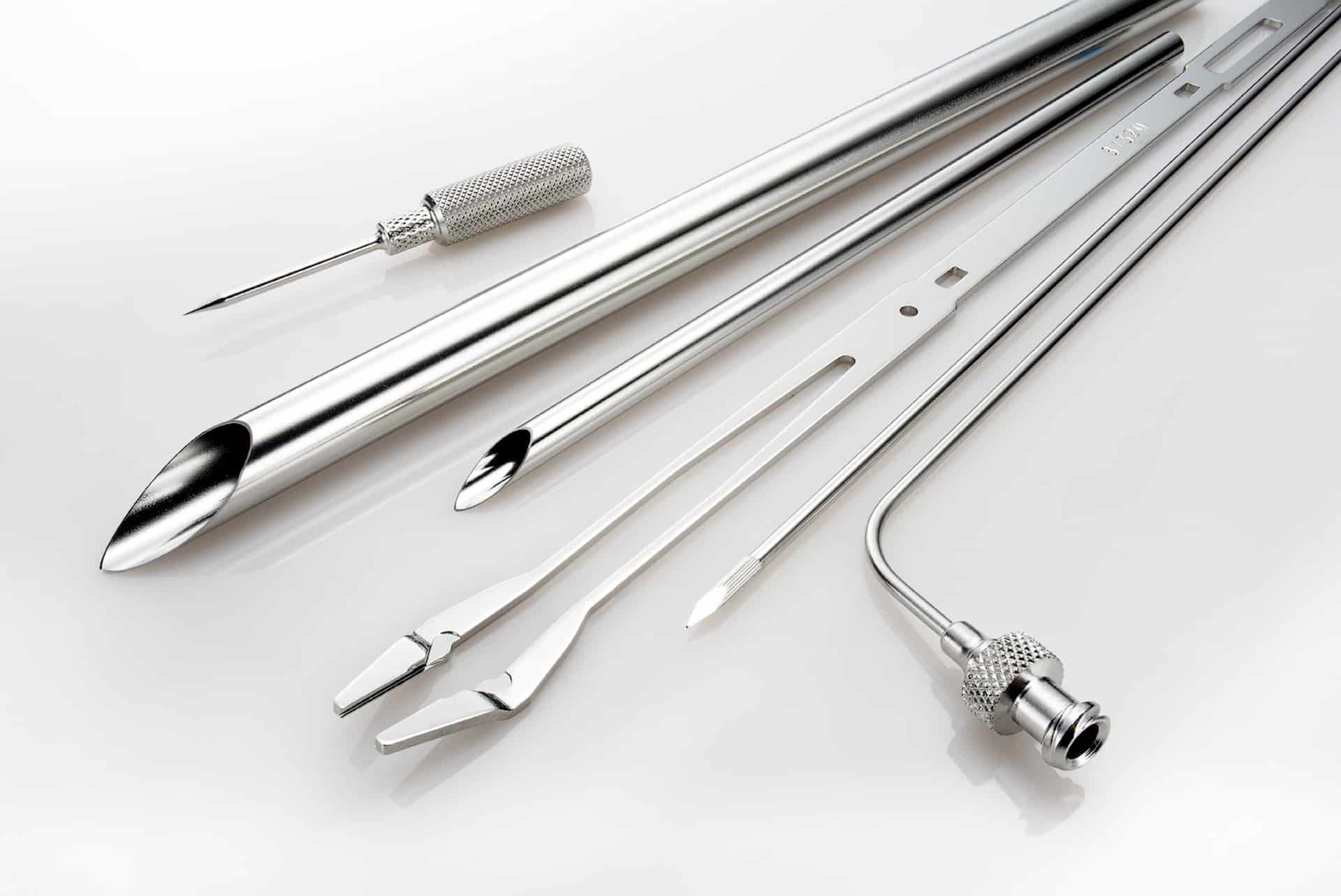
What is Electropolishing?
Electropolishing is an electrochemical and reverse plating process that removes the outer layer of skin on a metal…
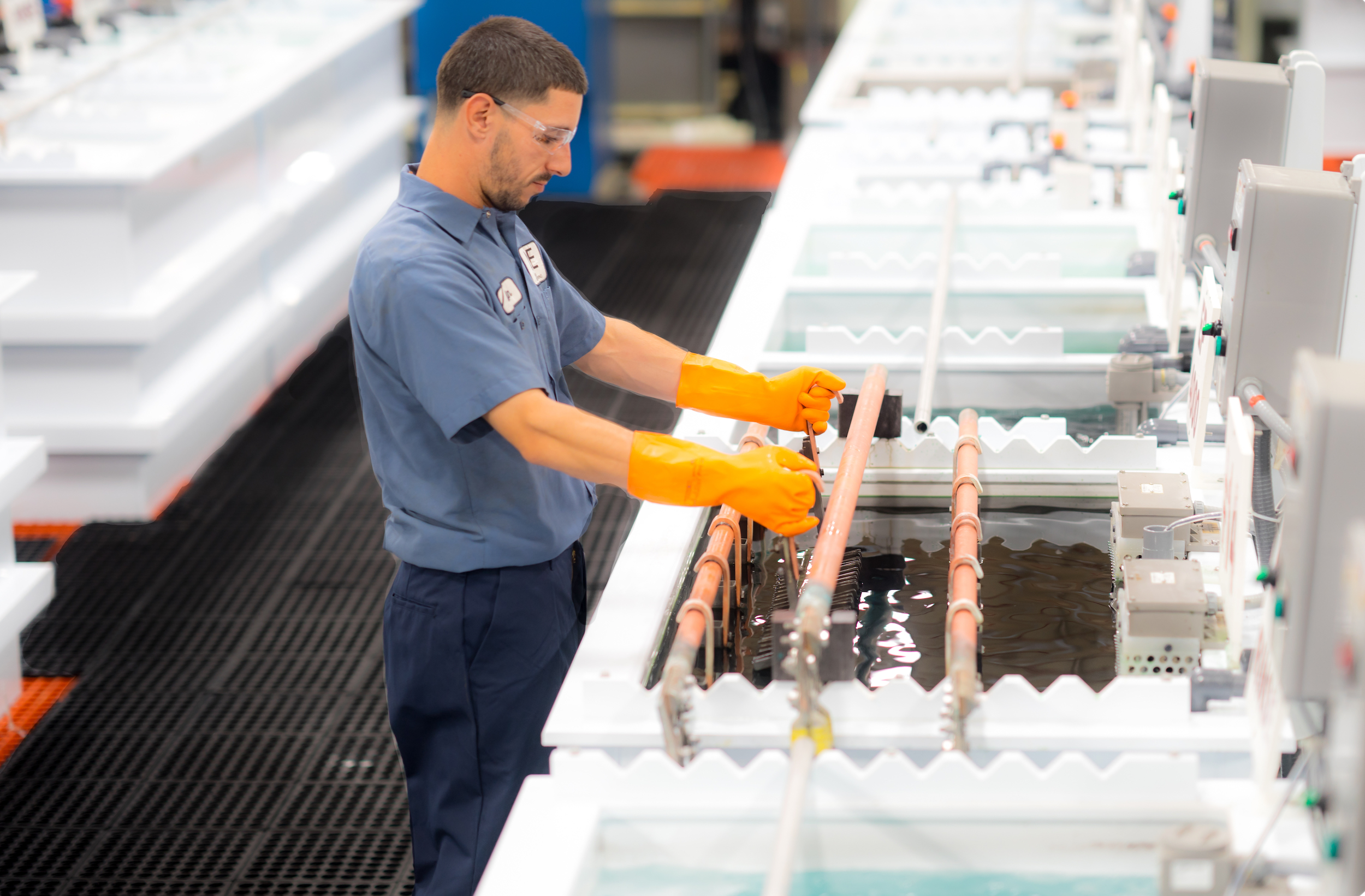
The Electropolishing Process
The electropolishing process is initiated by immersing a metal part into a temperature-controlled bath of electrolyte…
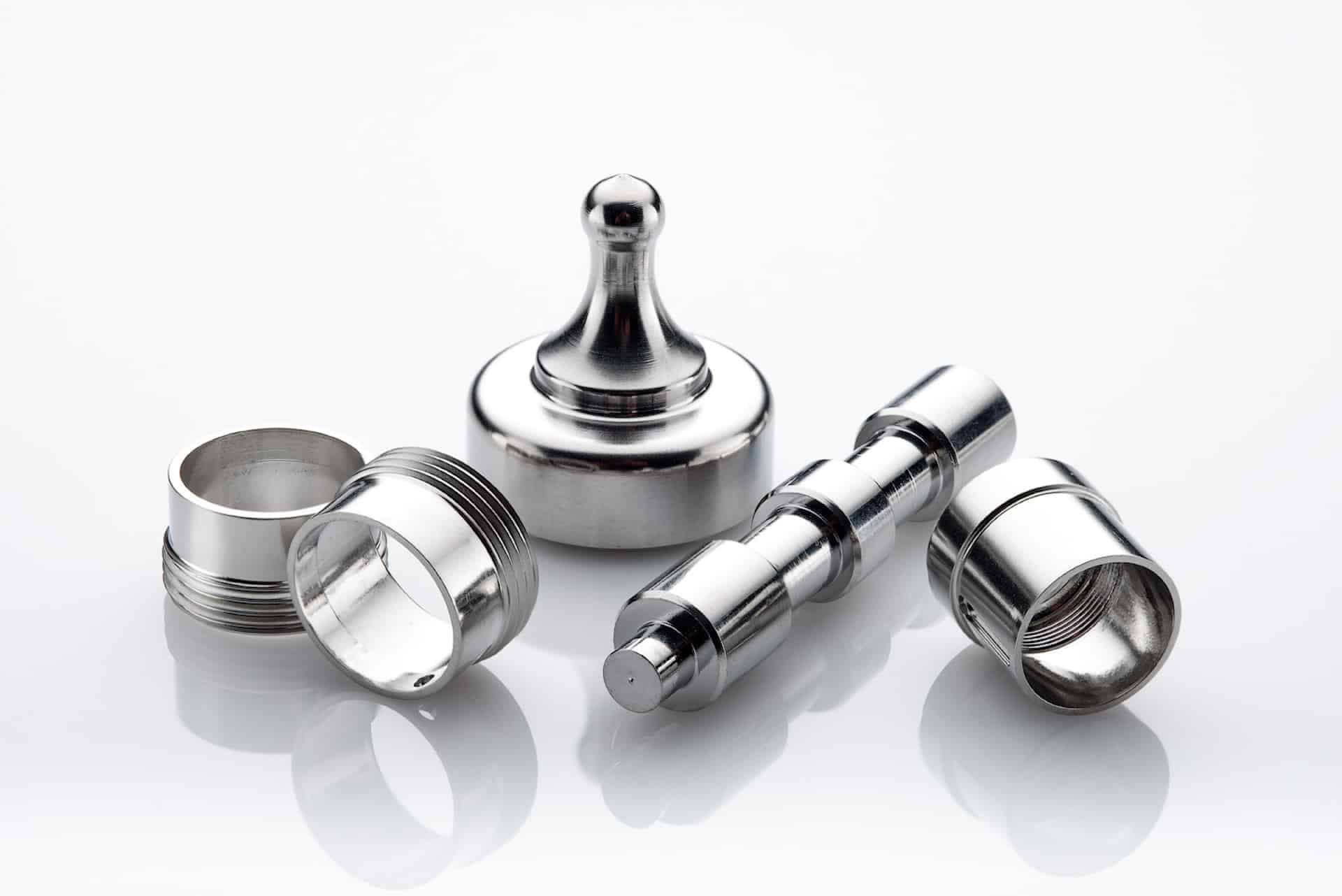
Benefits of Electropolishing
Curious about the benefits of putting your parts through the electropolishing process? Read along below where we…
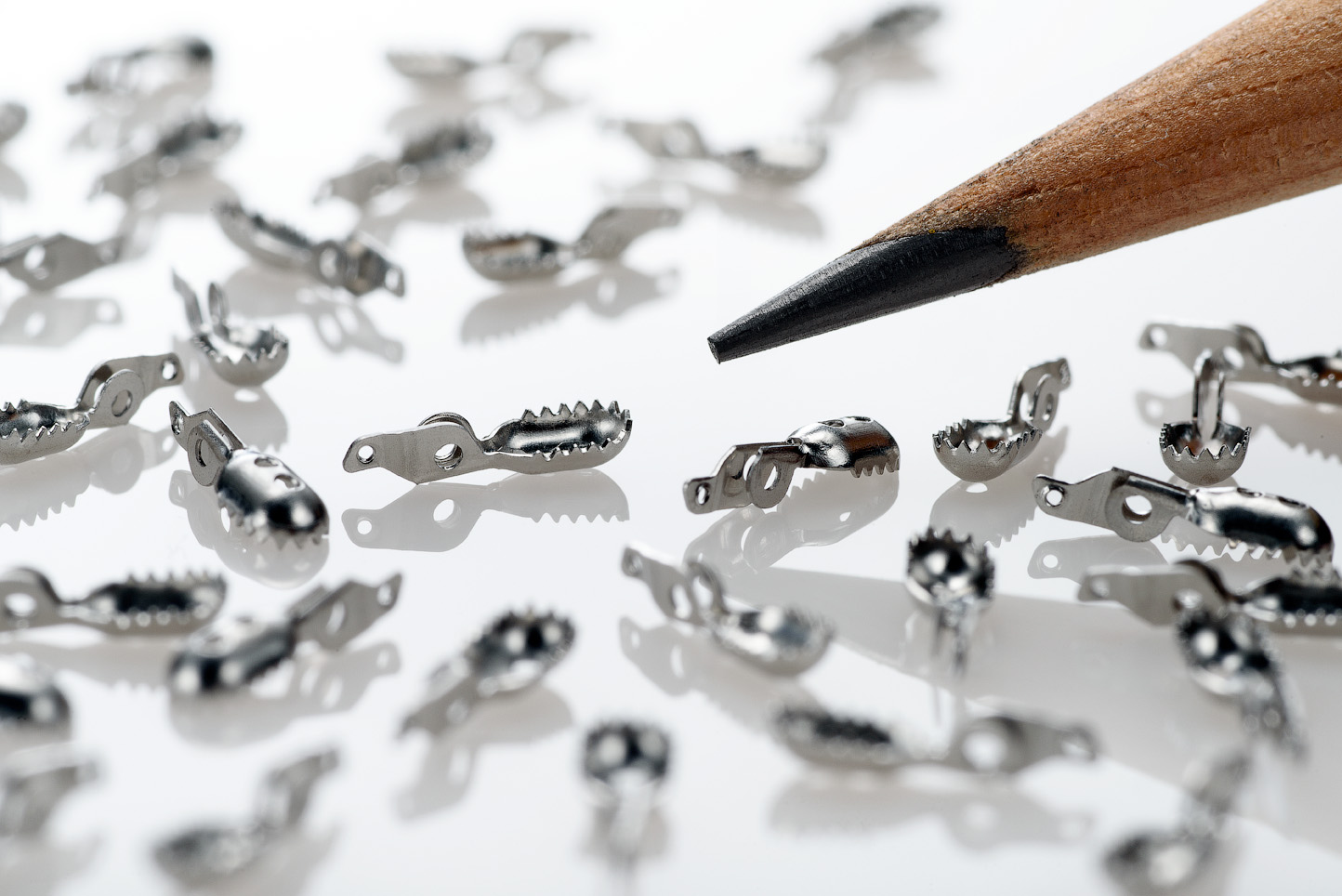
How Much Material Does Electropolishing Remove?
Electropolishing, when done properly is a highly controllable process which removes as little as…
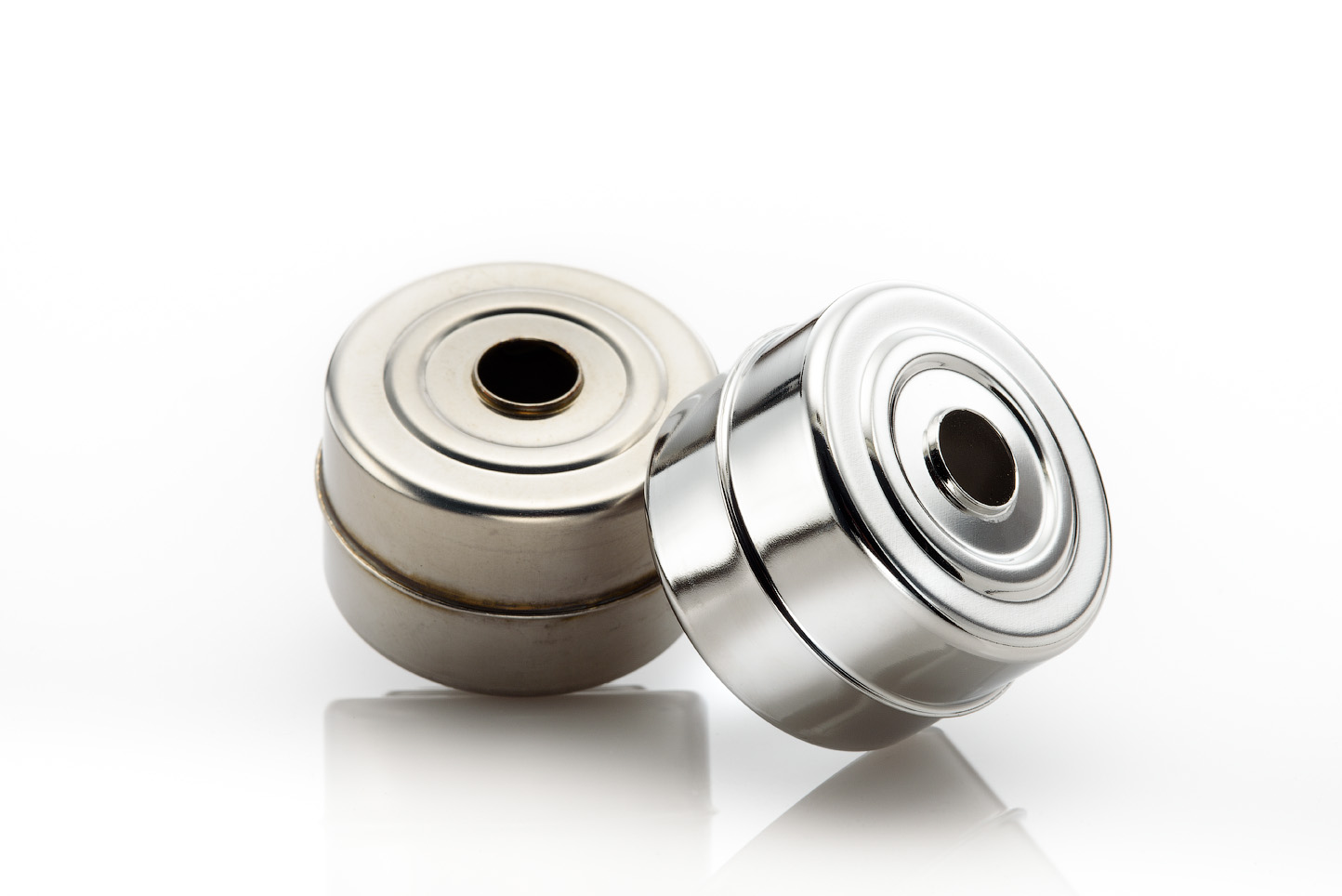
How Much Will Electropolishing Improve the Surface Finish of My Part?
Ra and RMS are both representations of surface roughness. Ra is calculated as the roughness average of a surface’s…
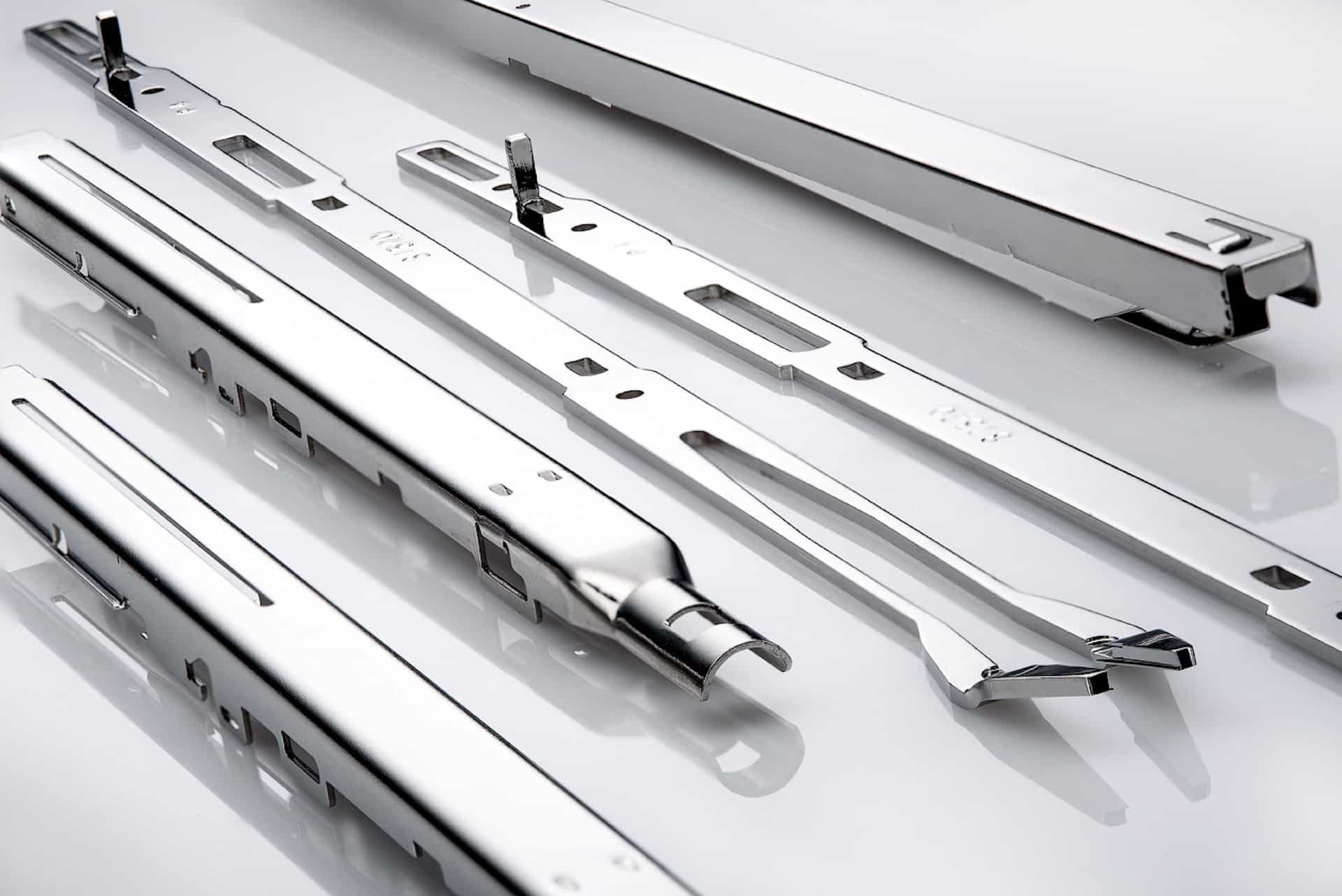
Electropolishing Frequently Asked Questions
Learn the difference between electropolishing and electroplating as well as how the electropolishing process works…
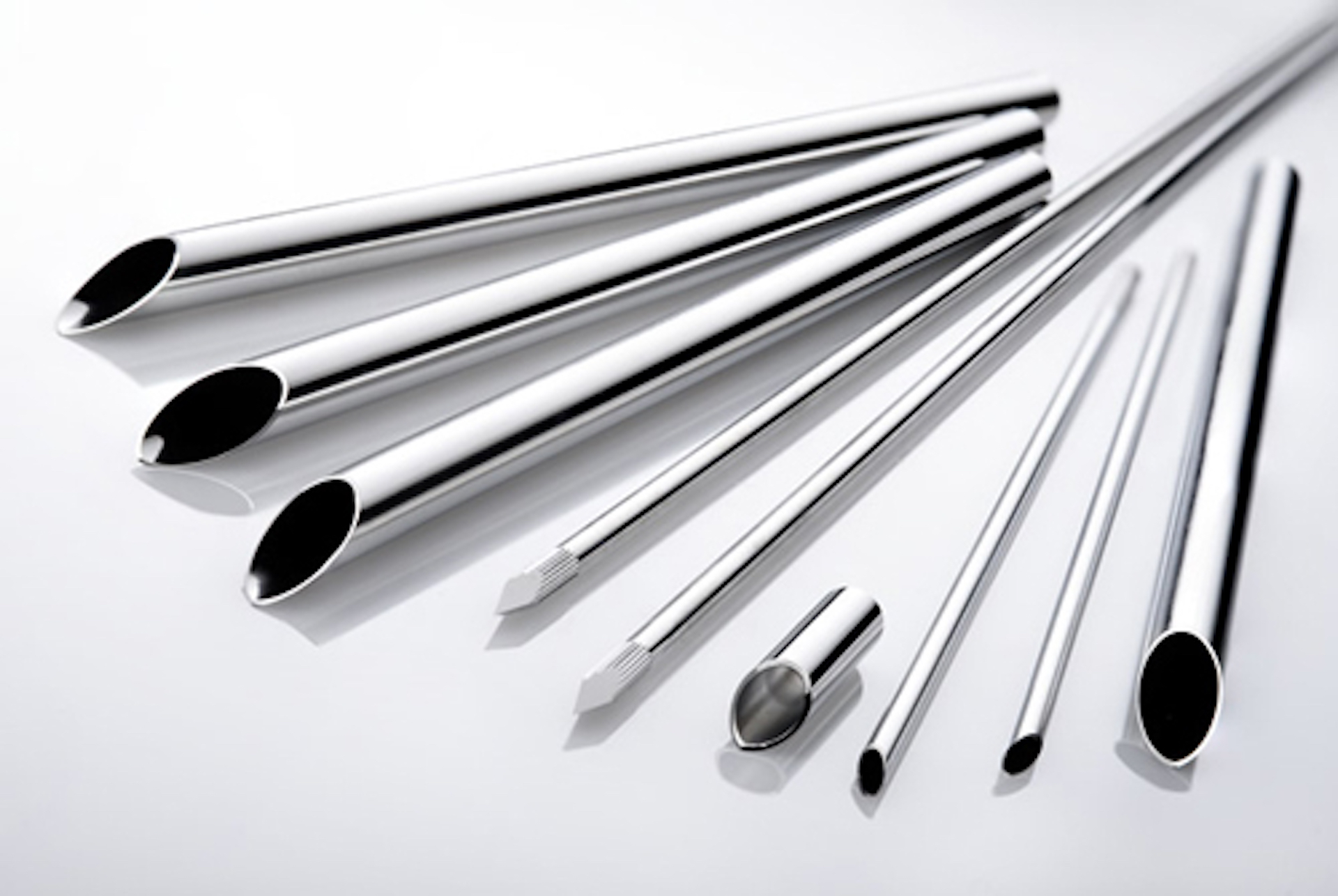
What is ASTM B912?
ASTM B912 is an industry standard for the passivation of stainless steel alloys through electropolishing…
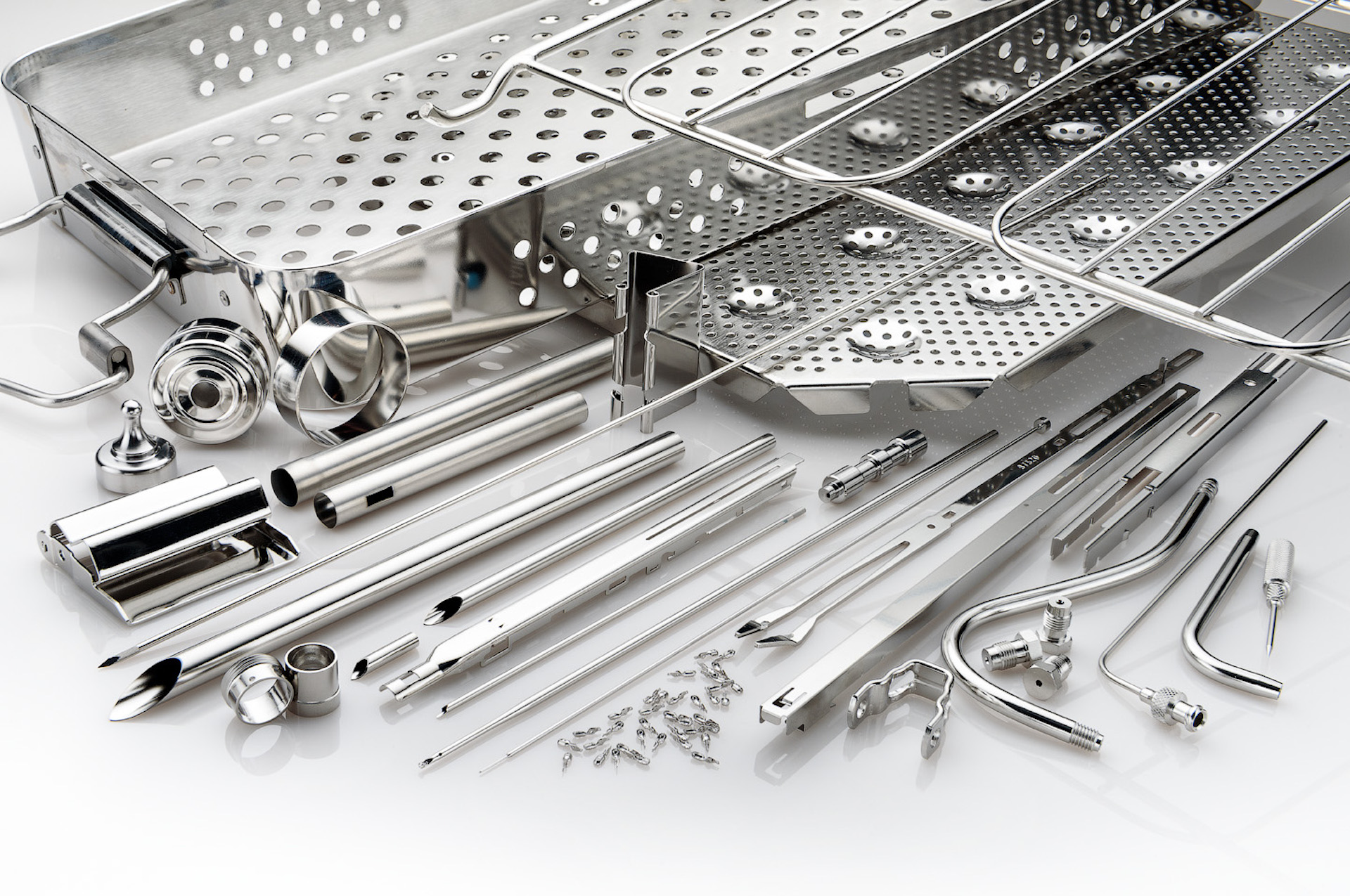
What is ASTM A967?
ASTM A967 is an industry standard specification for the chemical passivation treatments for stainless…
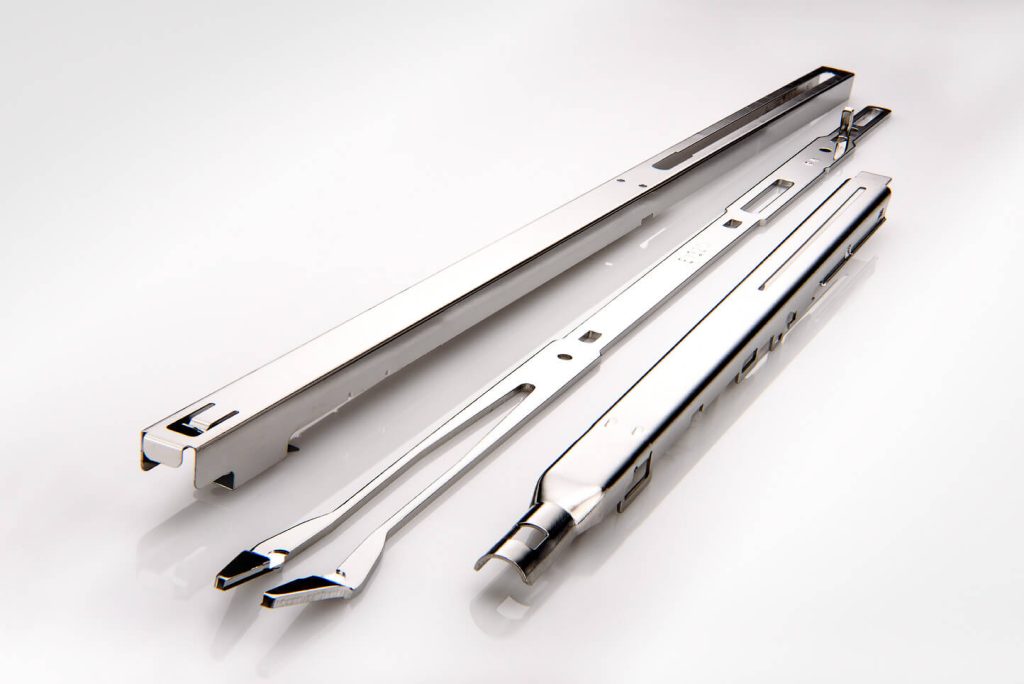
What is ISO 13485?
ISO 13485 is a standard that applies specifically to medical devices. ISO 13485 is designed to be…